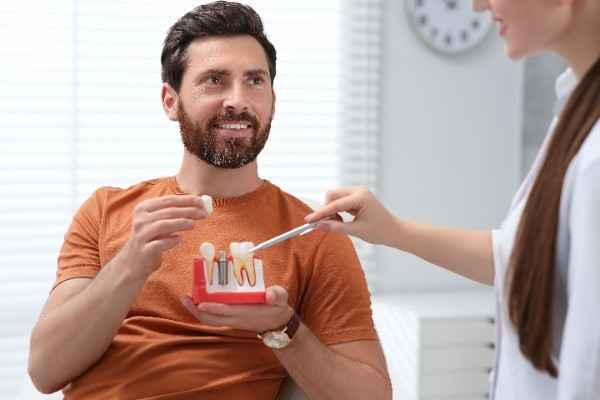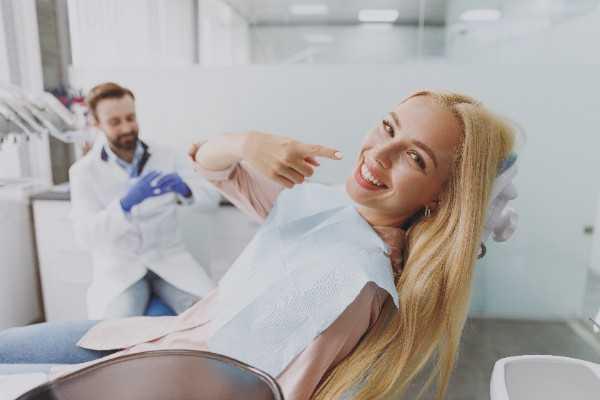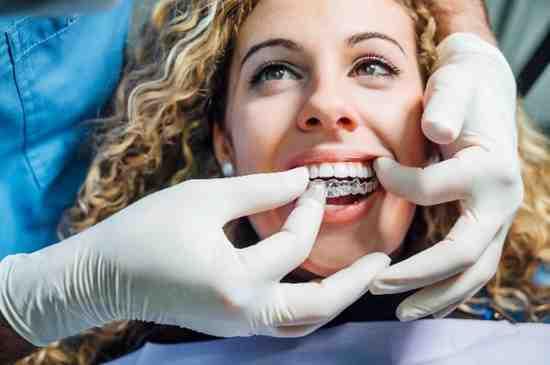Invisalign or Traditional Braces: Making the Right Choice

When it comes to straightening teeth, most people find themselves stuck between Invisalign and traditional braces. Both options can work wonders, but how do you know which is right for you? Your lifestyle, dental requirements, and goals will all influence the response. In this post, we’ll walk through the pros, cons, and real-life factors to help you make a confident and informed decision about your orthodontic journey.
The Basics: What Are We Comparing?
Invisalign
Clear, detachable aligners are used in the contemporary orthodontic procedure known as Invisalign. Your teeth will be progressively moved into place by these specially constructed trays. They can be removed for special occasions, eating, and brushing because they are essentially undetectable.
Traditional Braces
Braces have been used for many years. They are made up of wires and elastic bands connecting metal brackets that are affixed to the teeth. They gradually move your teeth into the ideal alignment. Even if they are more comfortable and discreet than before, modern models are nevertheless quite visible.

Appearance and Confidence
Invisalign: Practically Invisible
The subtlety of Invisalign is a major factor in people's decision to use it. The aligners are clear and hard to spot unless someone’s looking really closely. This is a huge plus for adults or teens who feel self-conscious about wearing braces.
Traditional Braces: Noticeable but Familiar
While metal braces are more visible, some find comfort in their familiarity. Today, they’re sleeker, and you can even choose coloured bands to match your style. Still, for anyone working in public-facing roles or social settings, they may feel a little more exposed.
Comfort and Wearability
Invisalign: Smooth but Demanding
Because of their smoothness, the plastic aligners are unlikely to irritate or cause sores. However, they need to be worn for 20–22 hours a day. Forgetting to pop them back in after a meal or night out can delay progress.
Traditional Braces: Consistent but Unforgiving
You don't have to be concerned about tracking your braces because they stay in place.. But the metal can cause discomfort, especially after adjustments. You might also need wax to protect the inside of your cheeks at first.
Eating and Drinking
Invisalign: Eat Freely
With Invisalign, there are no food restrictions. Simply take out your aligners before eating, then indulge in whatever you want. Just don’t forget to brush before putting them back in.
Traditional Braces: Stick to the Safe List
Braces come with a long list of no-no foods—popcorn, chewy sweets, and crusty bread are off the table. That’s because sticky or hard items can damage the wires or brackets.
Oral Hygiene
Invisalign: Easy Maintenance
Since aligners are removable, brushing and flossing are as straightforward as usual. You’ll also need to clean the aligners regularly to avoid build-up and discolouration.
Traditional Braces: More Effort
Cleaning around braces takes time and patience. Special brushes and floss threaders can help, but it’s more of a commitment. Poor hygiene can lead to staining or gum issues.
Treatment Time
Invisalign: Depends on You
In many cases, Invisalign takes about the same time as braces—typically 12 to 18 months. But its success heavily depends on how consistently you wear the aligners. Skipping days can slow things down.
Traditional Braces: Steady Progress
Because braces can’t be removed, they’re always working. Treatment usually takes 18 to 24 months, though complex cases might need longer.
Cost Comparison
Invisalign: Often Slightly Higher
Invisalign can be more expensive, especially if multiple aligners are needed. However, many find the convenience and appearance worth the extra cost.
Traditional Braces: Usually More Affordable
Traditional braces are generally less expensive and may be more widely covered by insurance. However, expenses differ depending on how complicated the case is.
Emergency Dental Visits
Invisalign: Fewer Surprises
Because there are no brackets or wires to break, you’re less likely to need urgent fixes. It's normally a matter of getting guidance from your supplier or getting a new aligner if something feels strange.
Need quick dental support? An emergency dentist in Wolverhampton can still assist with any unexpected dental pain or issues during your Invisalign treatment.
Traditional Braces: More at Risk
Wires can prod, brackets can break, and crises can occur, particularly if you bite into the wrong meal. At that point, a Wolverhampton emergency dentist ends up becoming your new best buddy.
Suitability for Complex Cases
Invisalign: Great for Mild to Moderate Cases
Invisalign is ideal for spacing, crowding, and minor bite issues. Thanks to evolving technology, it can now treat more complex cases than before—but not all.
Traditional Braces: Handles the Tough Stuff
Braces are often the best choice for complex tooth movements, severe crowding, or major bite corrections. They give orthodontists full control over each tooth’s positioning.
If you’re unsure whether Invisalign Wolverhampton providers can handle your specific case, a consultation is a smart first step.
Lifestyle Considerations
Invisalign: Great for Busy Lives
If you’re juggling work, social life, and the gym, Invisalign can fit in smoothly. Just be diligent about wearing the trays and keeping them clean.
Many working adults turn to Invisalign Wolverhampton clinics for a discreet and flexible solution to straightening teeth without disrupting their lifestyle.
Traditional Braces: Reliable for All Ages
Braces may feel like more of a commitment, but they’re consistent. No need to worry about misplacing aligners or skipping wear time—they’re always working, 24/7.
Real Numbers That Matter
According to a 2023 survey by the British Orthodontic Society:
- 80% of adults opt for clear aligners like Invisalign when given the choice.
- 75% of orthodontists still recommend traditional braces for complex alignment issues.
- Invisalign success rates improve by up to 40% when patients strictly follow their 22-hour-a-day wear schedule.
So it’s clear—effectiveness often boils down to individual commitment and case complexity.
What Are People Saying?
- Sarah, 34, from Wolverhampton:
“I chose invisalign Wolverhampton specialists after years of avoiding braces. I can smile confidently at work now, and I don’t miss the food restrictions!” - Liam, 16, parent of a patient:
“We went with traditional braces because our daughter had significant crowding. It’s been tough at times, but the results are really starting to show.”
Let’s Talk Maintenance and Checkups
Regular check-ins are a must for both options. Invisalign typically involves appointments every 6 to 8 weeks, either in person or virtually. Braces might need more frequent visits for wire tightening and monitoring.
And in both cases, if something feels wrong or painful, having access to an emergency dentist in Wolverhampton ensures peace of mind and prompt care.

Conclusion
Choosing between Invisalign and traditional braces involves more than appearance—it’s about your lifestyle, goals, and comfort. At EDW, we’re here to help you make the best decision for your smile. From your first consultation to any unexpected emergencies, our expert team supports you every step of the way. Let us guide you toward a confident, healthy smile with personalised care and trusted orthodontic solutions. Discover the right fit for your unique journey at EDW.
- Art
- Causes
- Best Offers
- Crafts
- Dance
- Drinks
- Film
- Fitness
- Food
- Juegos
- Festival
- Gardening
- Health
- Home
- Literature
- Music
- Networking
- Other
- Party
- Religion
- Shopping
- Sports
- Theater
- Wellness



